Operations Management Assignment - Forecasting and Control
VerifiedAdded on 2022/08/25
|7
|595
|20
Homework Assignment
AI Summary
This Operations Management assignment solution addresses two key questions focusing on forecasting and statistical process control. The first question involves calculating the mean proportion of defective items and constructing a control chart (p-chart) to assess process stability. The analysis determines if the process is in statistical control. The second question explores forecasting techniques, including 5-year moving averages, weighted moving averages, and exponential smoothing. The solution provides outputs for each method and discusses the underlying assumptions related to time series analysis, aiming to forecast future demand for a chemical factory's production. The assignment demonstrates the application of these techniques to predict future values and optimize production objectives. The assignment also includes a bibliography of relevant academic sources.
1 out of 7

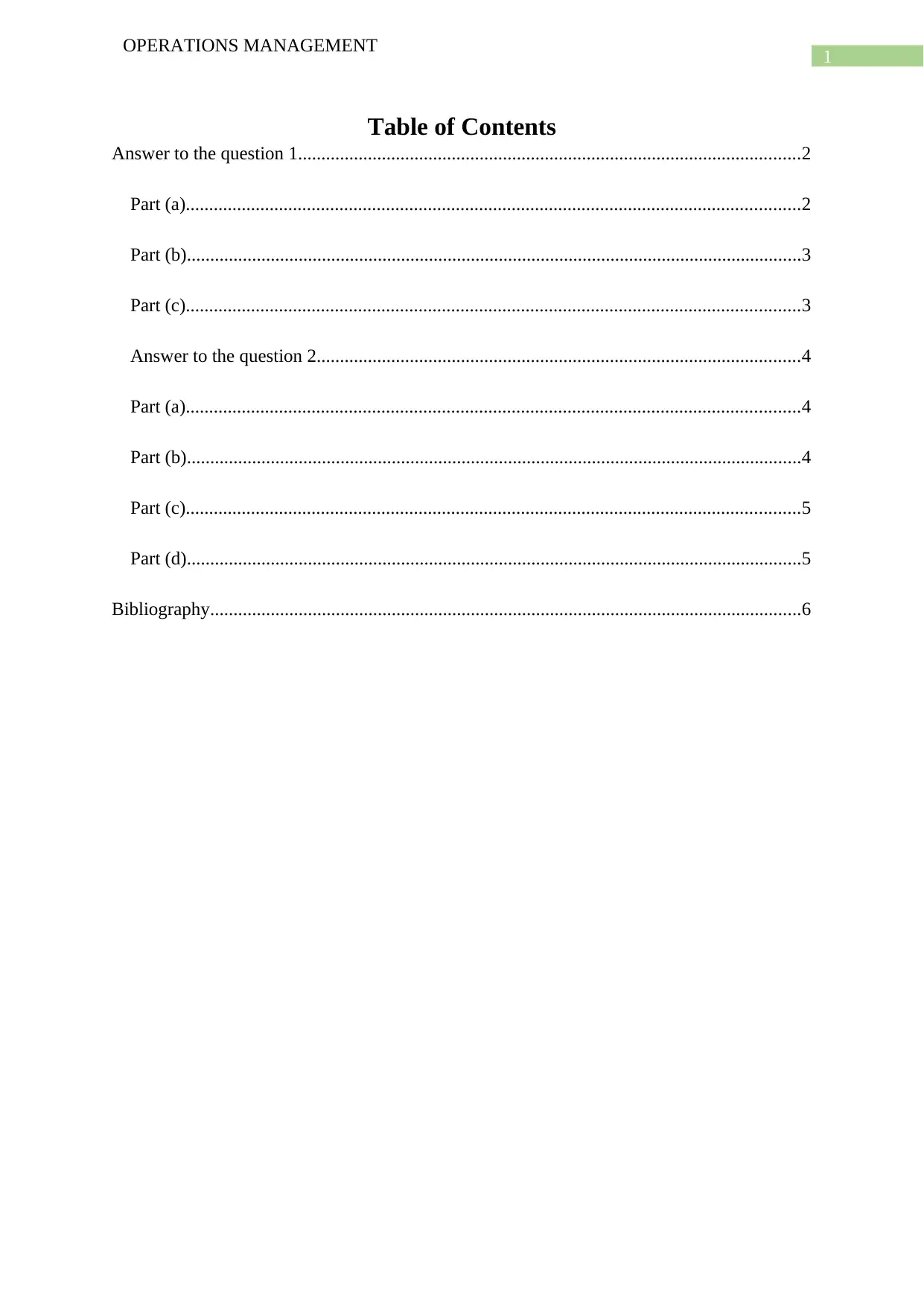
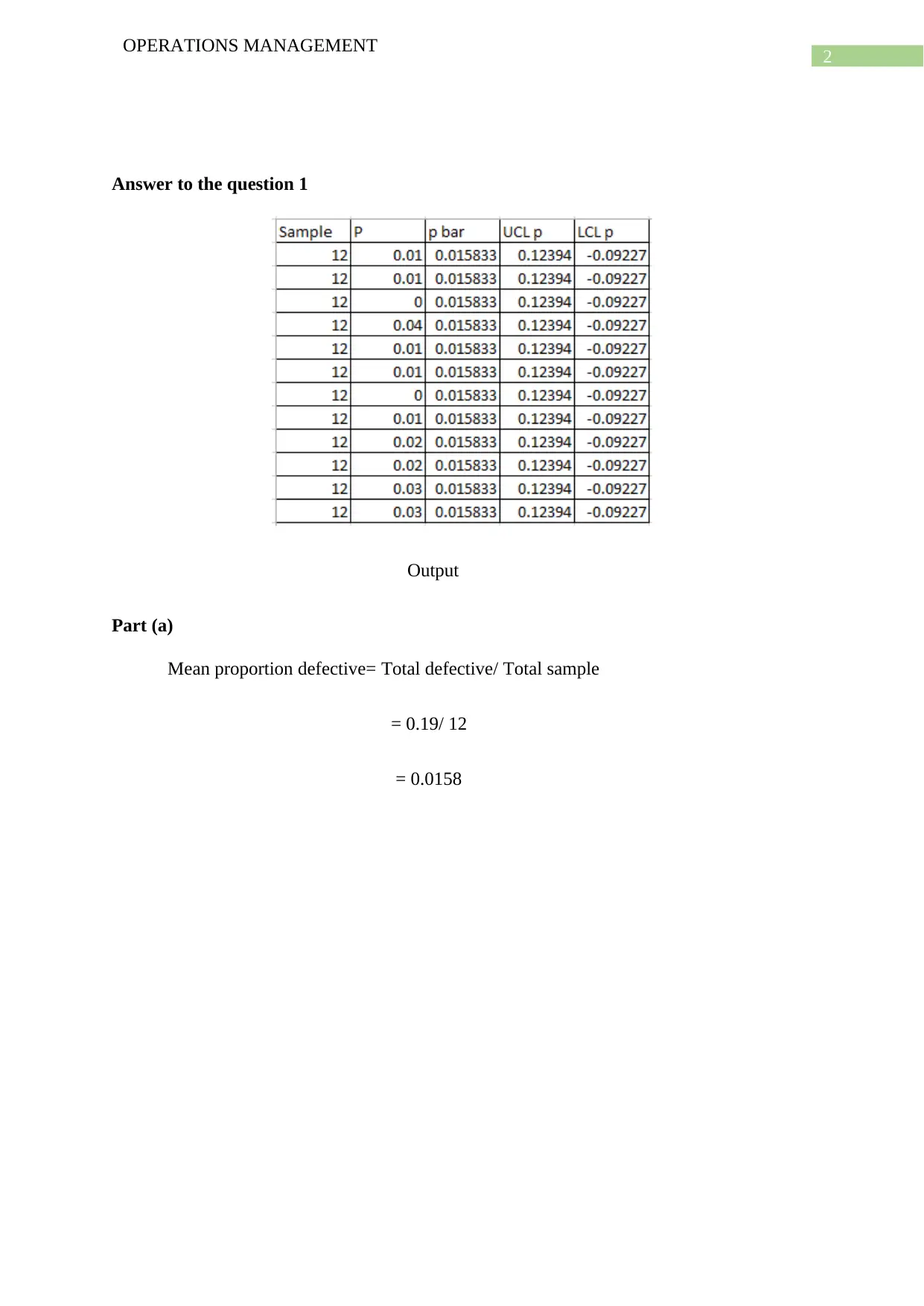

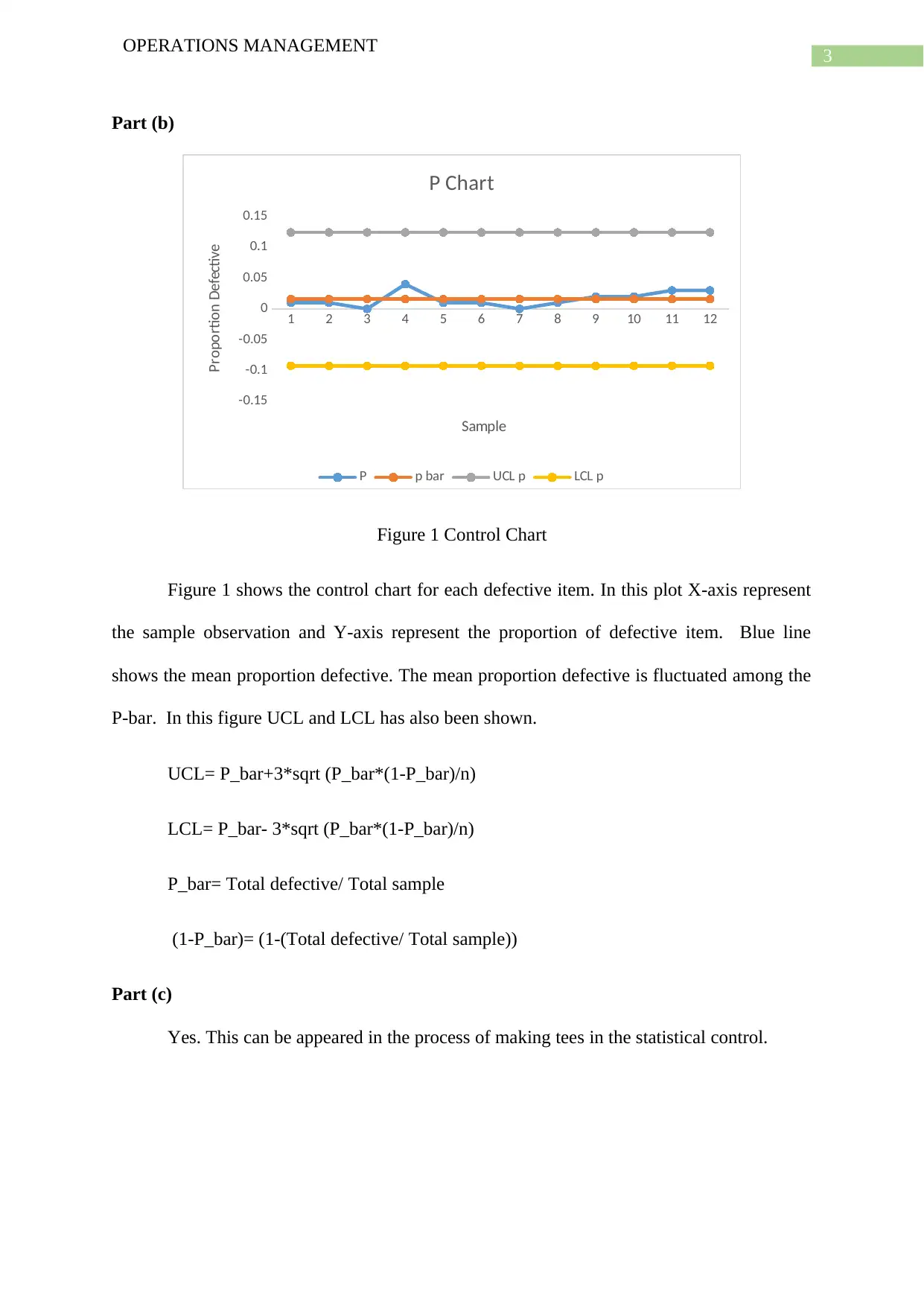
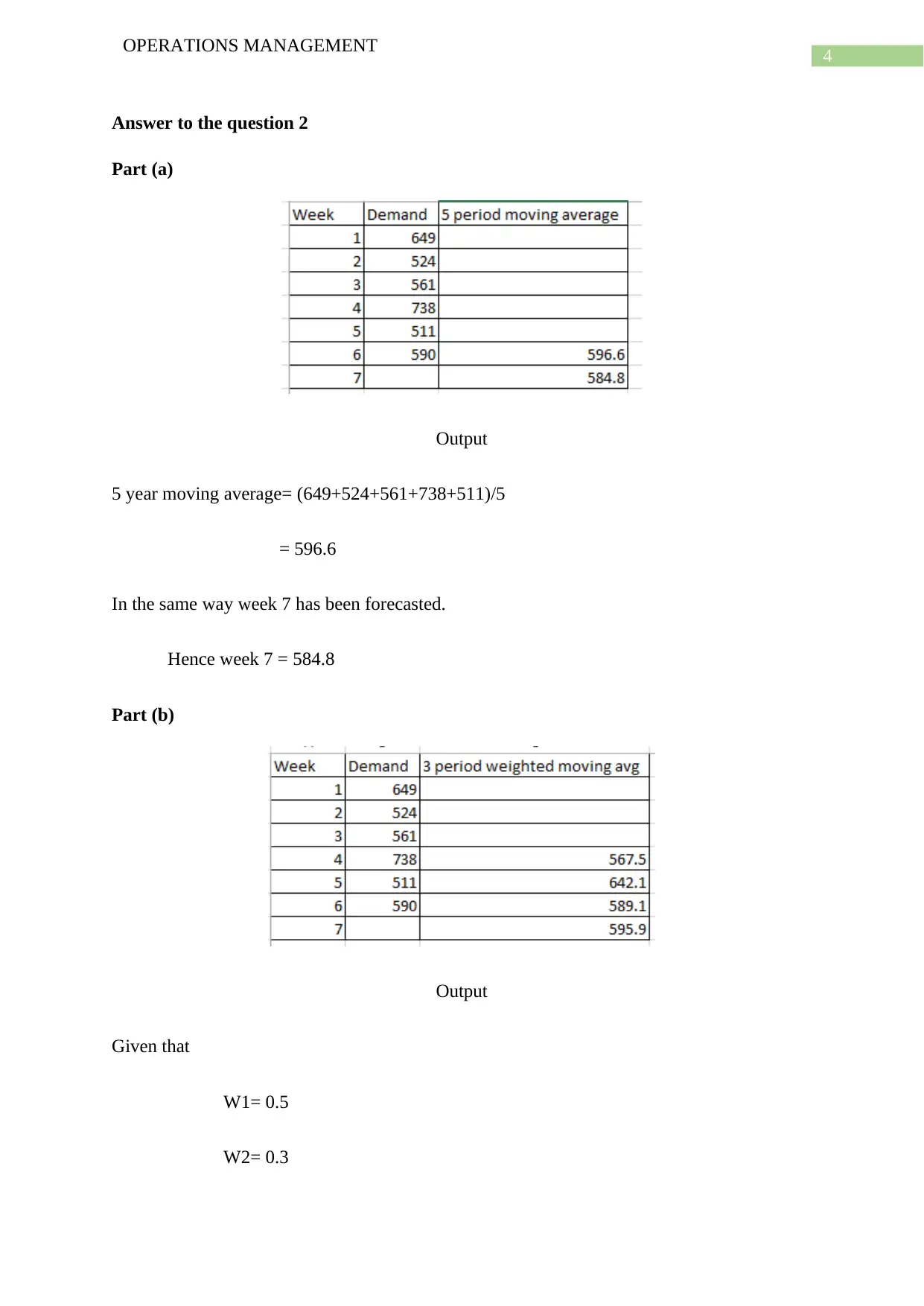
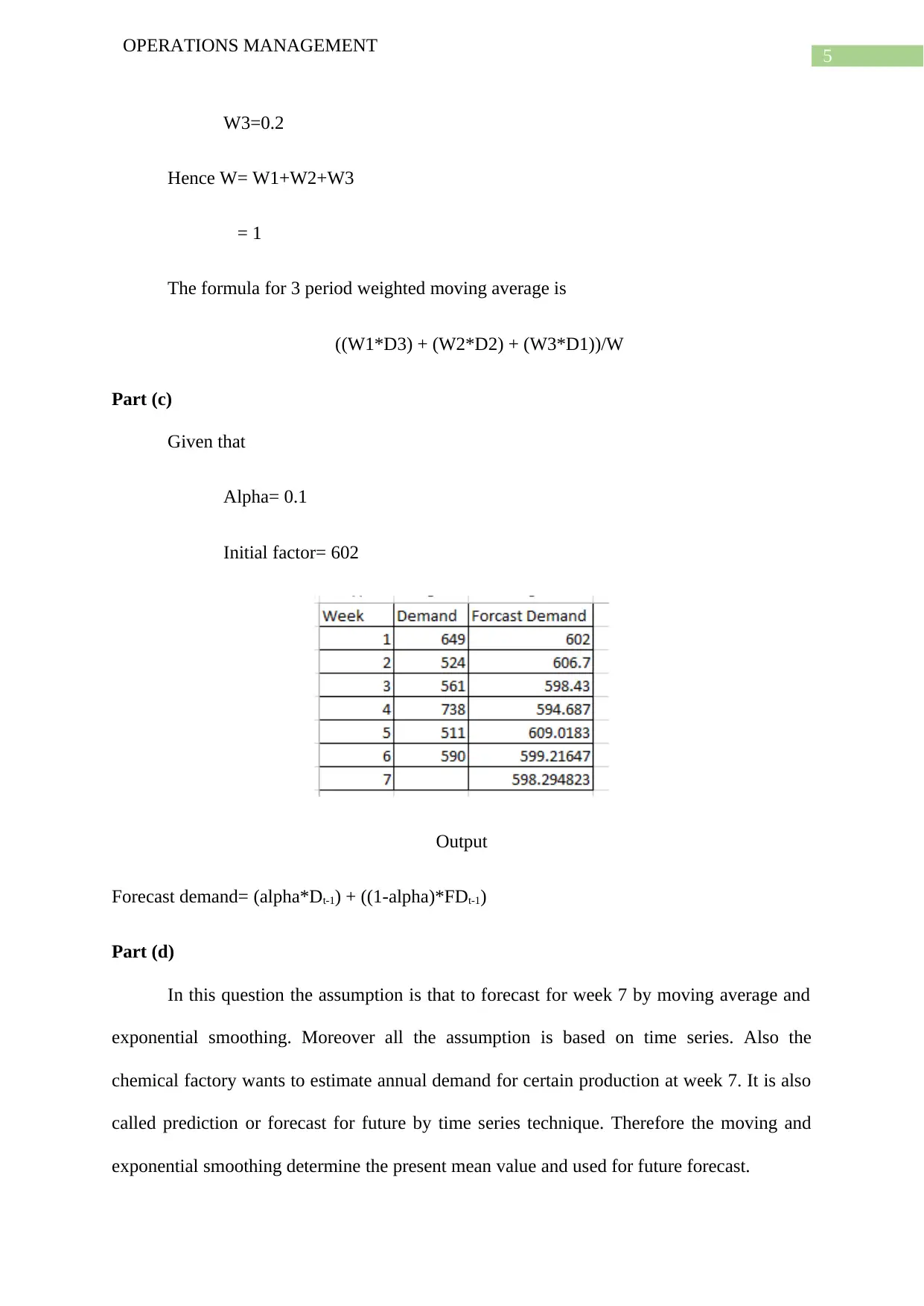
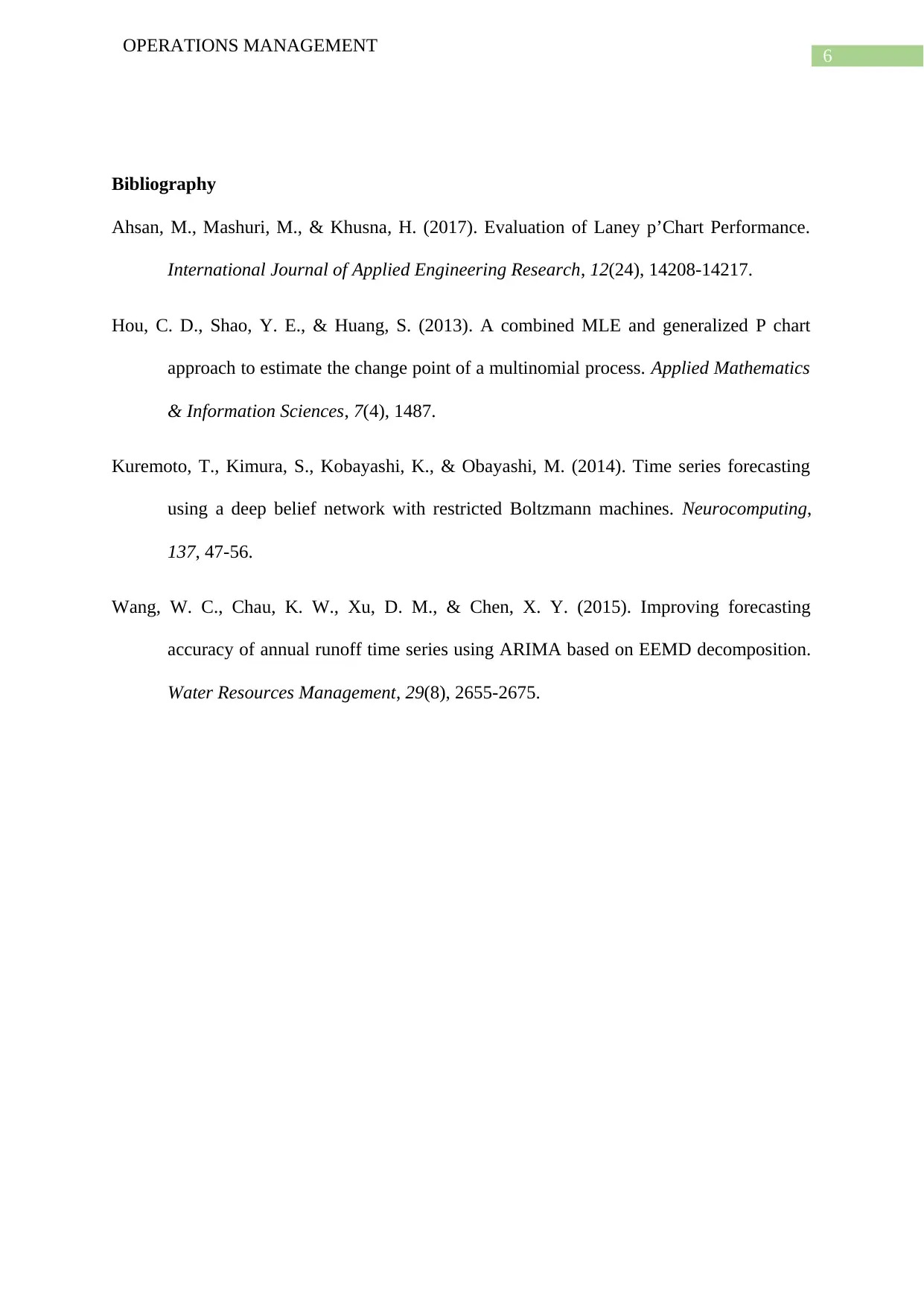



![[object Object]](/_next/static/media/star-bottom.7253800d.svg)